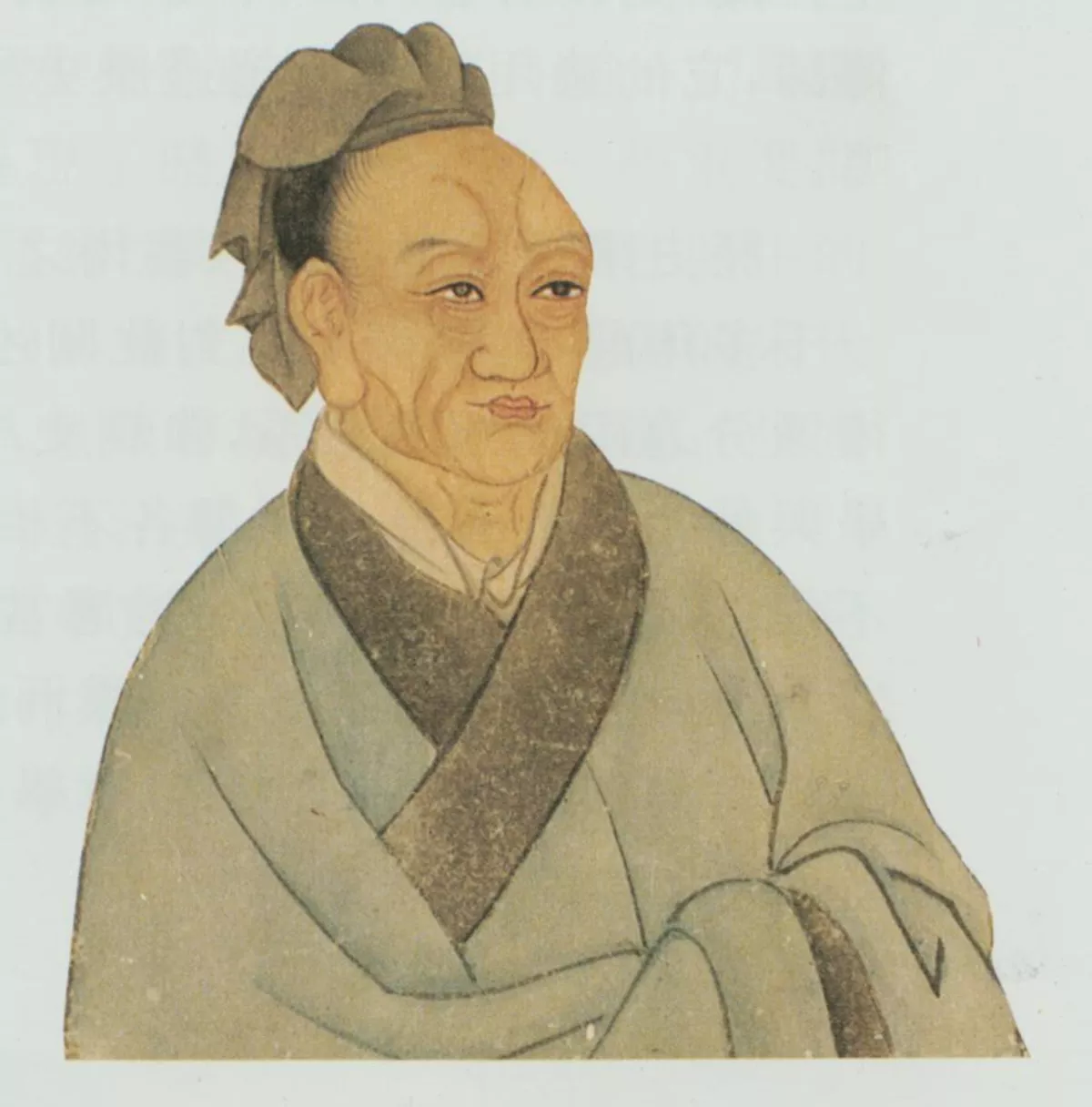 1.
1. Sima Qian is considered the father of Chinese historiography for the Shiji, a general history of China covering more than two thousand years from the rise of the legendary Yellow Emperor and formation of the first Chinese polity to the reign of Emperor Wu of Han, during which Sima wrote.